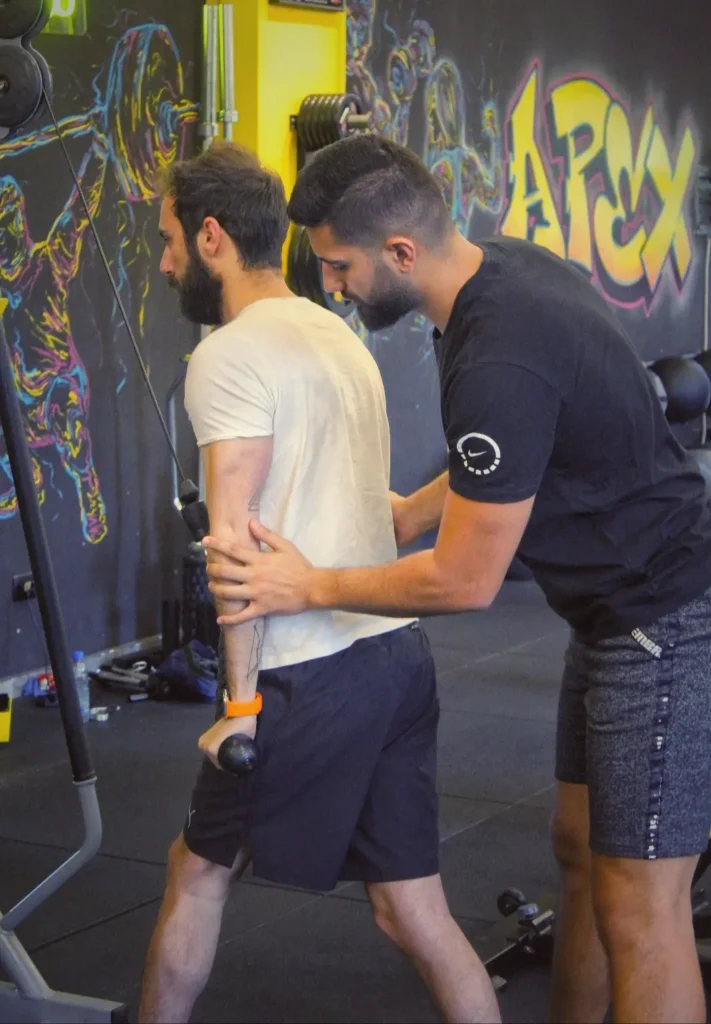In the landscape of resistance training, the belief that heavy weights are essential for muscle hypertrophy is deeply ingrained. However, emerging scientific evidence and progressive training methodologies suggest that low weights can also be a viable and effective tool for muscle building. This article explores the mechanisms of muscle growth, the efficacy of low weights, and practical strategies for leveraging this approach in your training regimen.
The Science of Muscle Hypertrophy
Muscle hypertrophy, the increase in muscle size, is influenced by two primary physiological processes: mechanical tension and metabolic stress.
Mechanical Tension: Traditionally, heavy weights are believed to create significant mechanical tension, a key driver of muscle growth. This tension results from the high load placed on muscle fibers, leading to muscle fiber recruitment and adaptation.
Metabolic Stress: Low weights, when used with high repetitions, can create substantial metabolic stress. This stress is characterized by the accumulation of metabolic byproducts such as lactate and hydrogen ions, which play a role in muscle growth through various pathways, including muscle cell swelling and increased hormone release.

Mechanisms of Muscle Growth with Low Weights
Low weights can effectively stimulate muscle growth through several mechanisms:
High Repetition Training: Training with low weights at high repetitions (15-20 or more) prolongs muscle engagement and increases metabolic stress. This approach not only enhances endurance but also promotes hypertrophy by causing muscle fatigue and stimulating the release of growth factors.
Extended Time Under Tension (TUT): Time Under Tension is a critical factor in muscle hypertrophy. Low weights, when lifted slowly and controlled, increase TUT, which can lead to greater muscle stimulation and growth. Emphasizing slow, controlled movements ensures that muscles remain under tension for longer periods, promoting cellular adaptation.
Increased Training Volume: Training with low weights often allows for a higher volume of exercise, which is a significant factor in hypertrophy. By increasing the number of sets and repetitions, individuals can achieve a greater total training volume, stimulating muscle growth. This volume can be adjusted progressively to ensure continued muscle adaptation.
Enhanced Focus on Form and Technique: Lighter weights facilitate better exercise form and technique, reducing the risk of injury and ensuring optimal muscle engagement. Proper form ensures that target muscles are adequately stimulated and contributes to more effective and balanced muscle development.
Progressive Overload: Progressive overload, the gradual increase of training demands, can be achieved with low weights through various strategies. Increasing the number of repetitions, sets, or exercise frequency, or incorporating advanced techniques such as supersets and drop sets can effectively challenge muscles and drive growth.
Scientific Evidence Supporting Low Weight Training
ecent research provides compelling evidence supporting the efficacy of low weight training:
Journal of Applied Physiology Study: This study demonstrated that low-load resistance training with high repetitions could produce similar hypertrophic responses compared to high-load training. The study highlighted that muscle growth is influenced more by training volume than the absolute load.
American Journal of Physiology Research: Another study emphasized that metabolic stress and total training volume play crucial roles in muscle hypertrophy. Low weights, when used to increase volume and induce metabolic stress, can be as effective as heavier weights.

Practical Applications and Training Strategies
To maximize muscle growth with low weights, consider incorporating the following strategies into your training regimen:
Compound Movements: Emphasize exercises that work multiple muscle groups simultaneously, such as squats, lunges, and bench presses. Compound movements can enhance overall muscle engagement and effectiveness.
Supersets and Drop Sets: Utilize advanced techniques such as supersets (performing two exercises back-to-back) and drop sets (reducing weight after reaching failure) to increase training intensity and muscle fatigue.
Shortened Rest Intervals: Reduce rest periods between sets to increase metabolic stress and enhance hypertrophic response. This approach can also improve muscular endurance.
Varied Training Modalities: Incorporate a mix of training modalities, including resistance bands, bodyweight exercises, and isometric holds, to introduce variety and prevent plateaus.
Conclusion
The traditional view that muscle building necessitates heavy weights is evolving. Scientific evidence and practical experience affirm that low weights, when utilized with high repetitions, increased volume, and proper technique, can effectively stimulate muscle growth. By integrating these principles into a well-rounded training program, individuals can achieve substantial muscle development and overall fitness improvement.
Adopting a flexible approach to resistance training, which includes both heavy and light weights, can provide a comprehensive strategy for muscle hypertrophy. Embrace the versatility of low weight training and unlock new dimensions of muscle growth in your fitness journey.
“The strength of your body lies not in the weight you lift, but in the dedication and technique with which you lift it.”
Charbel Yazbeck
